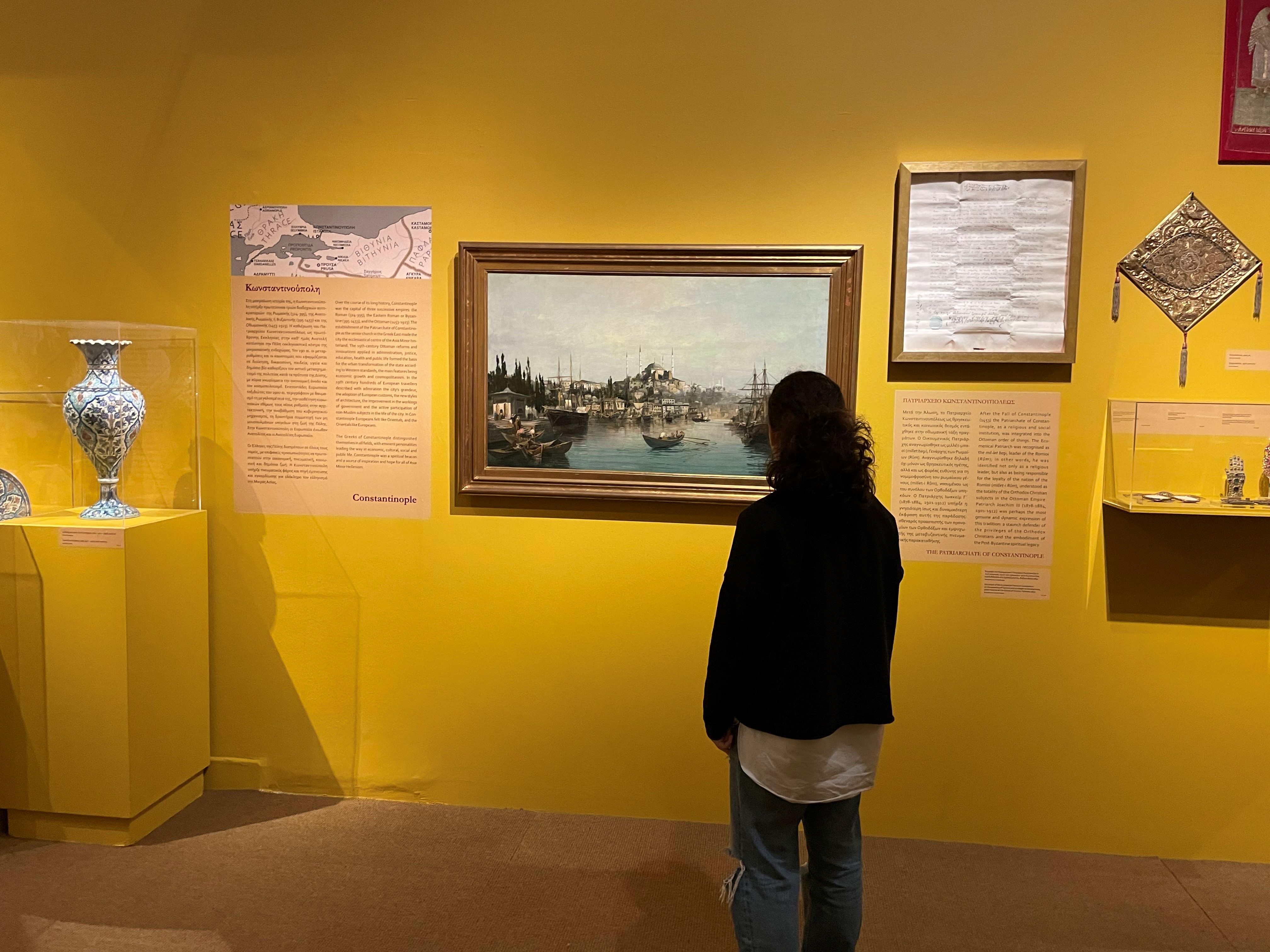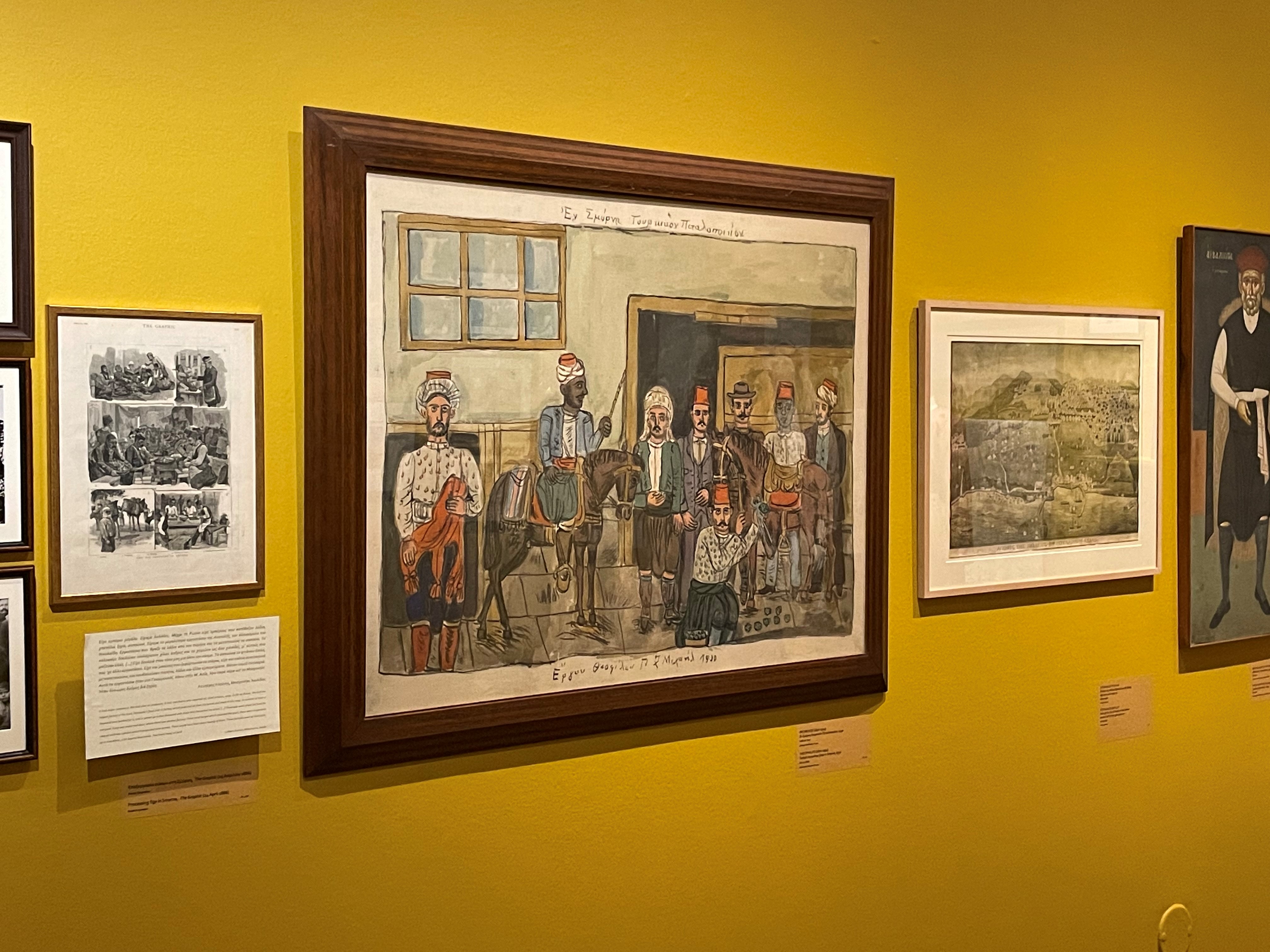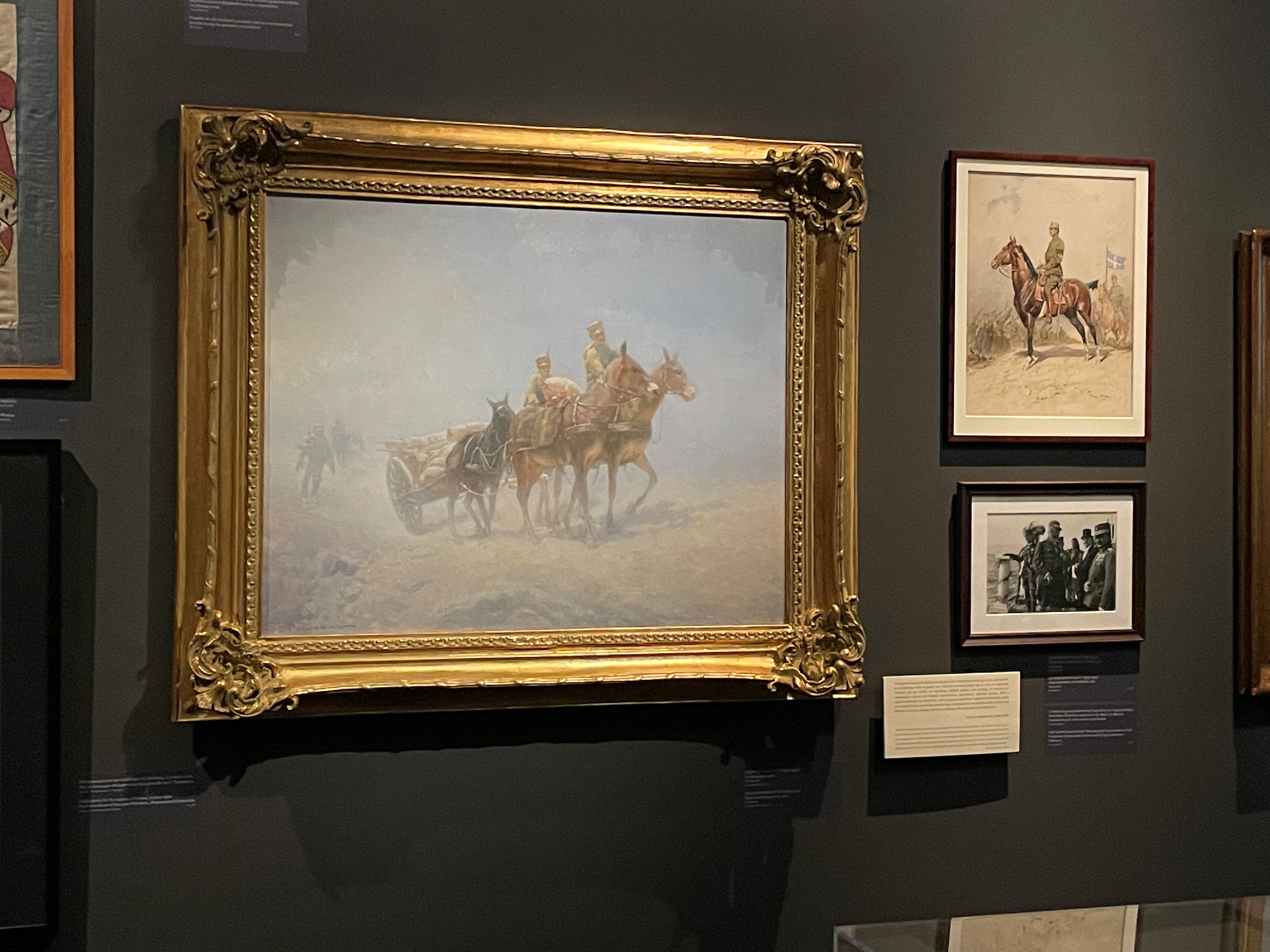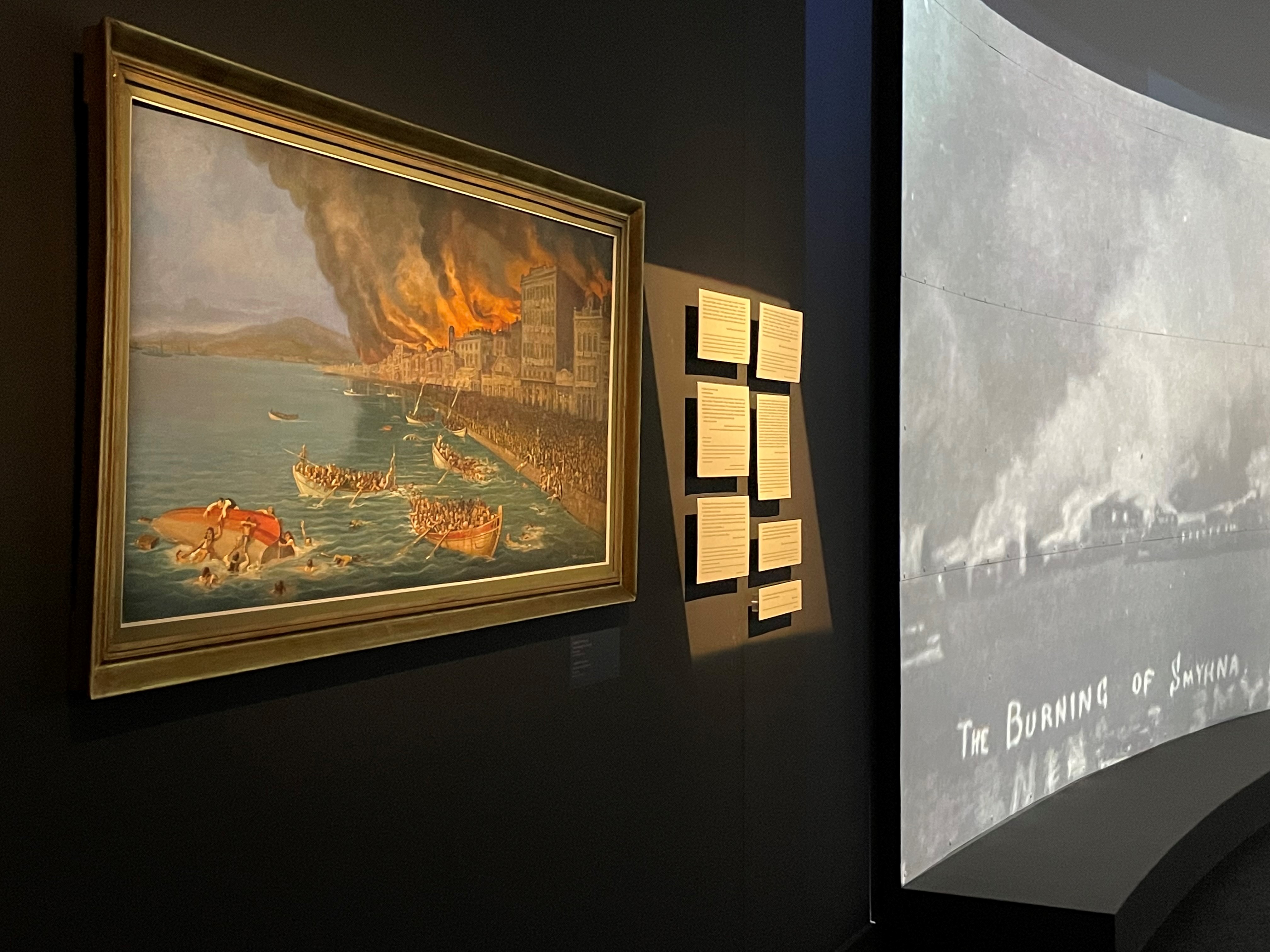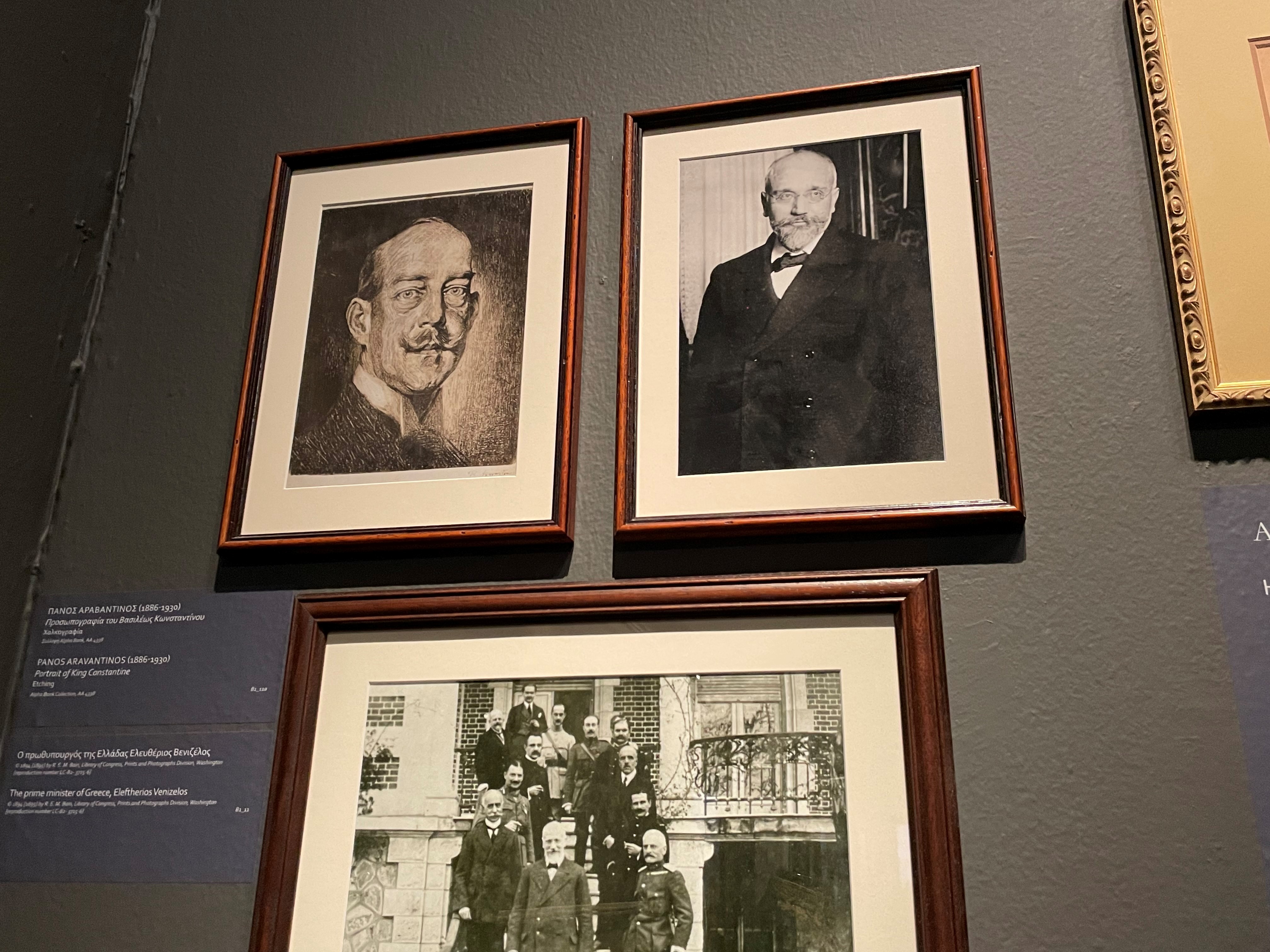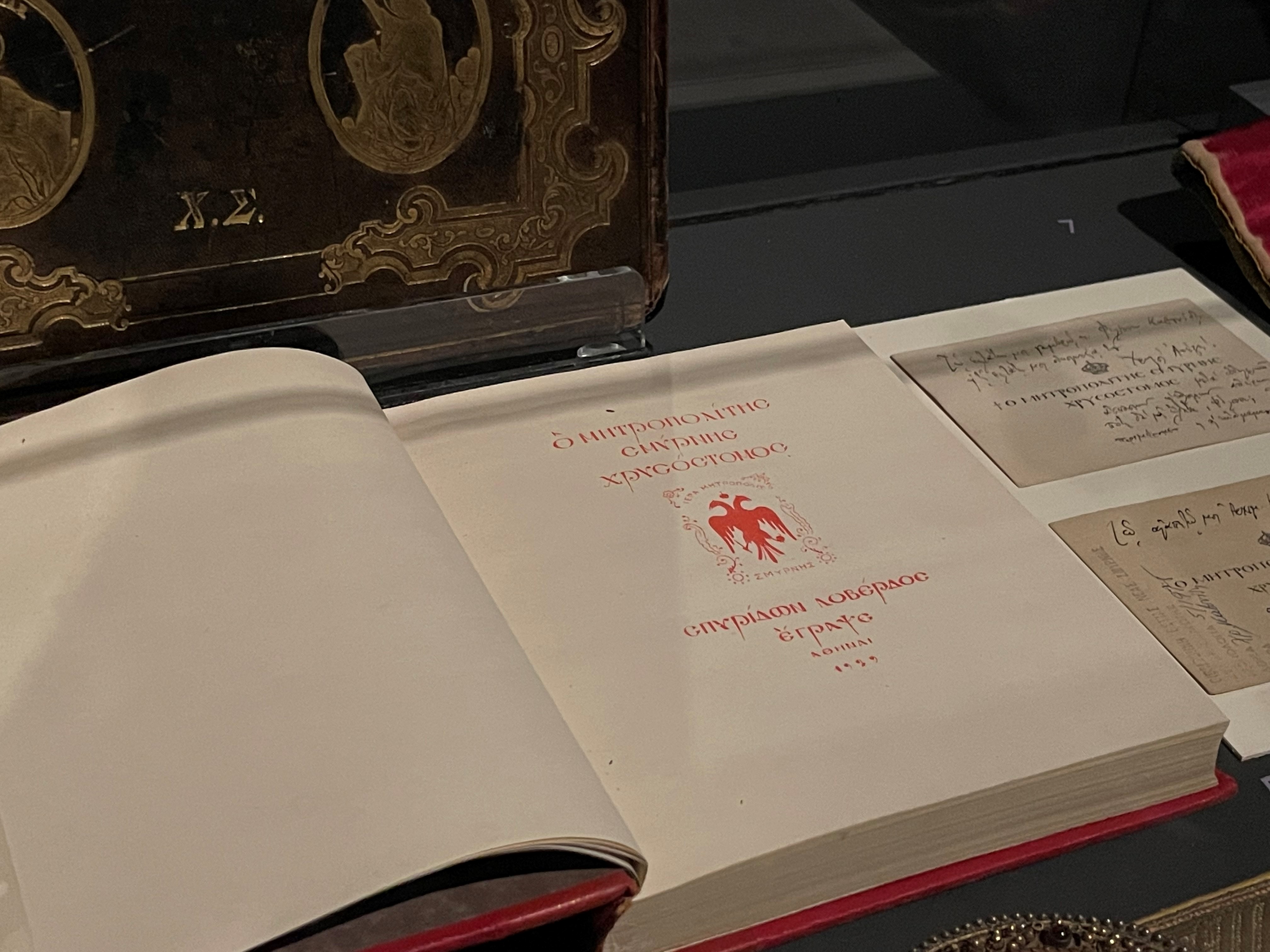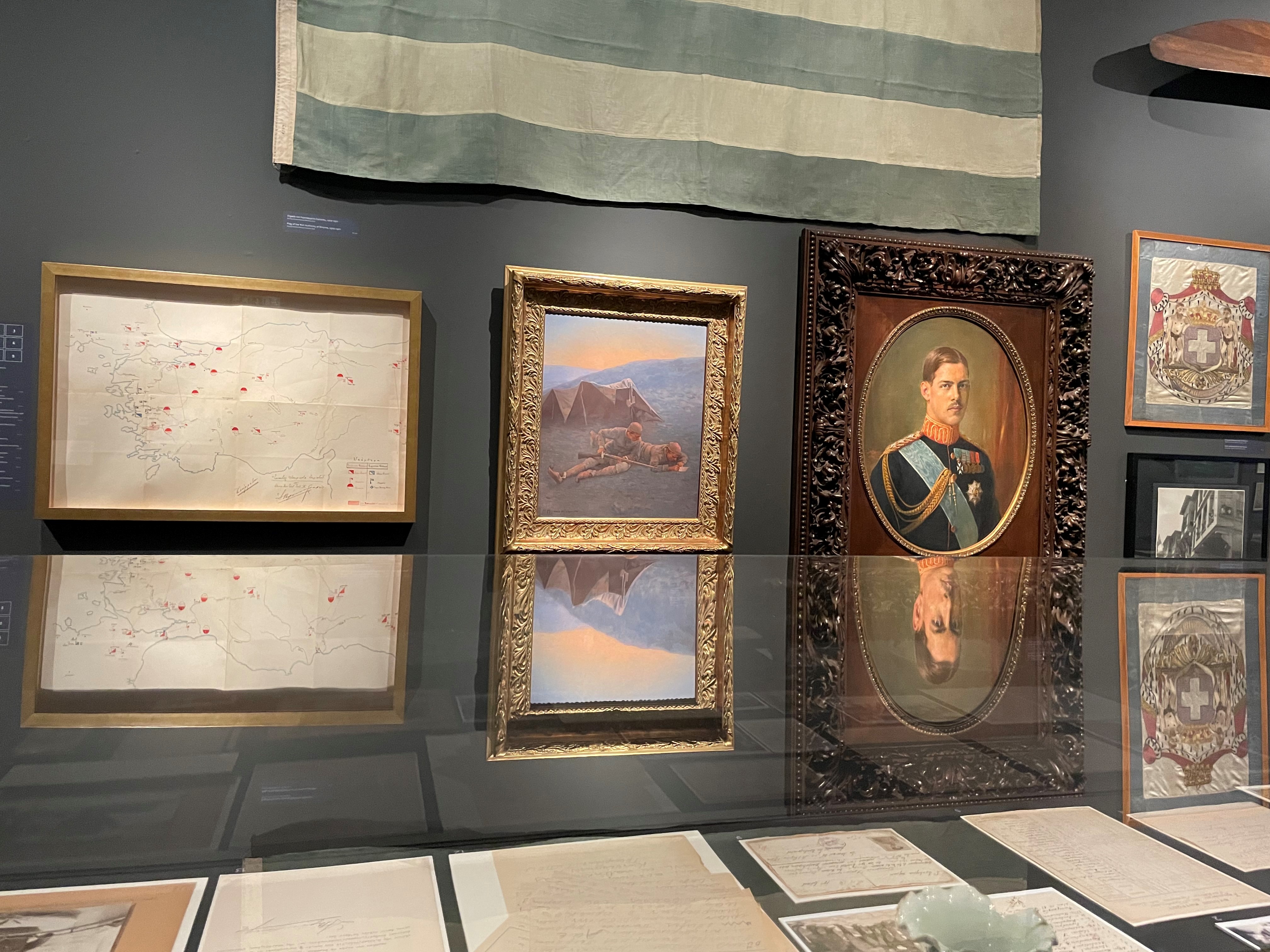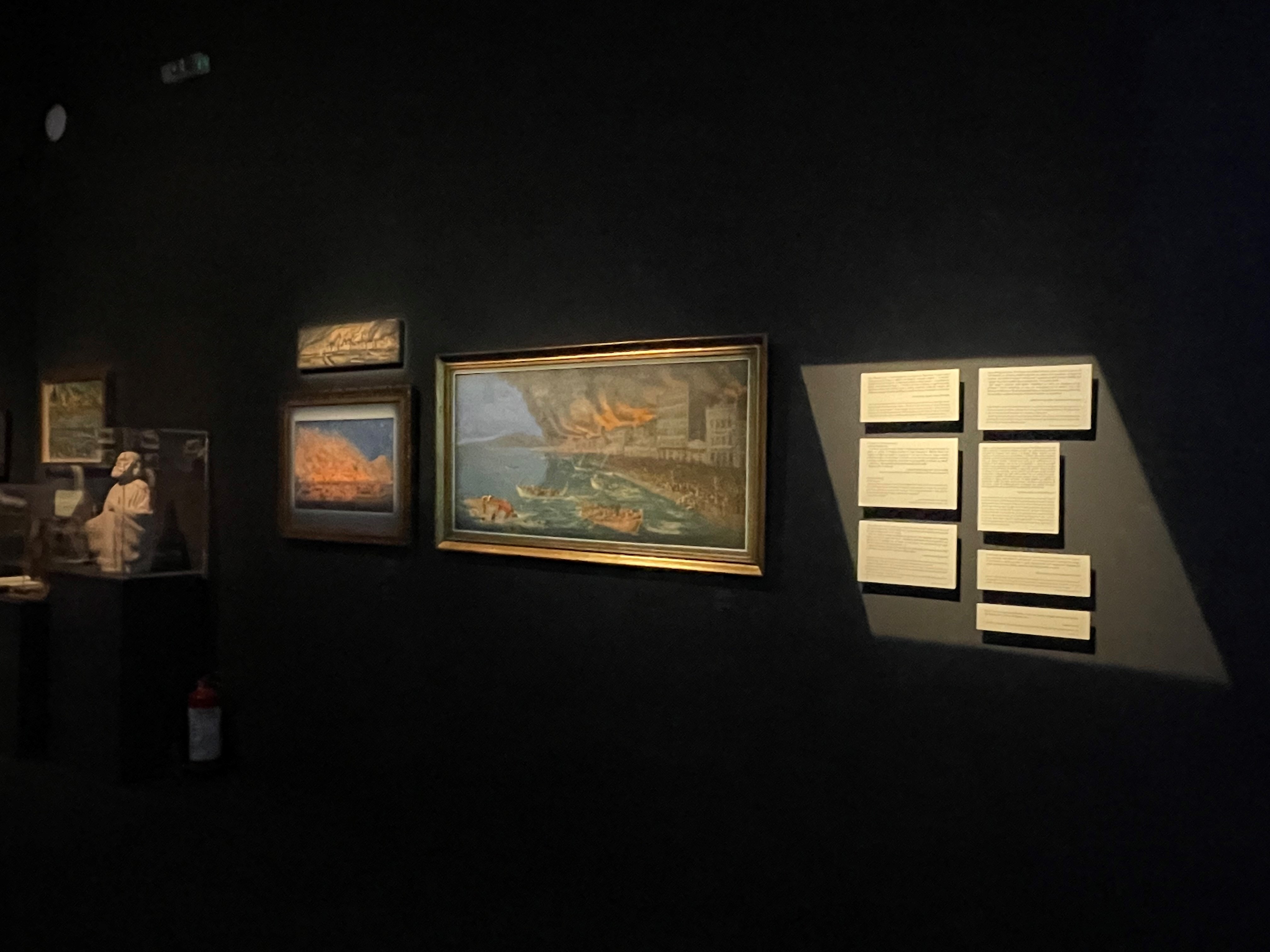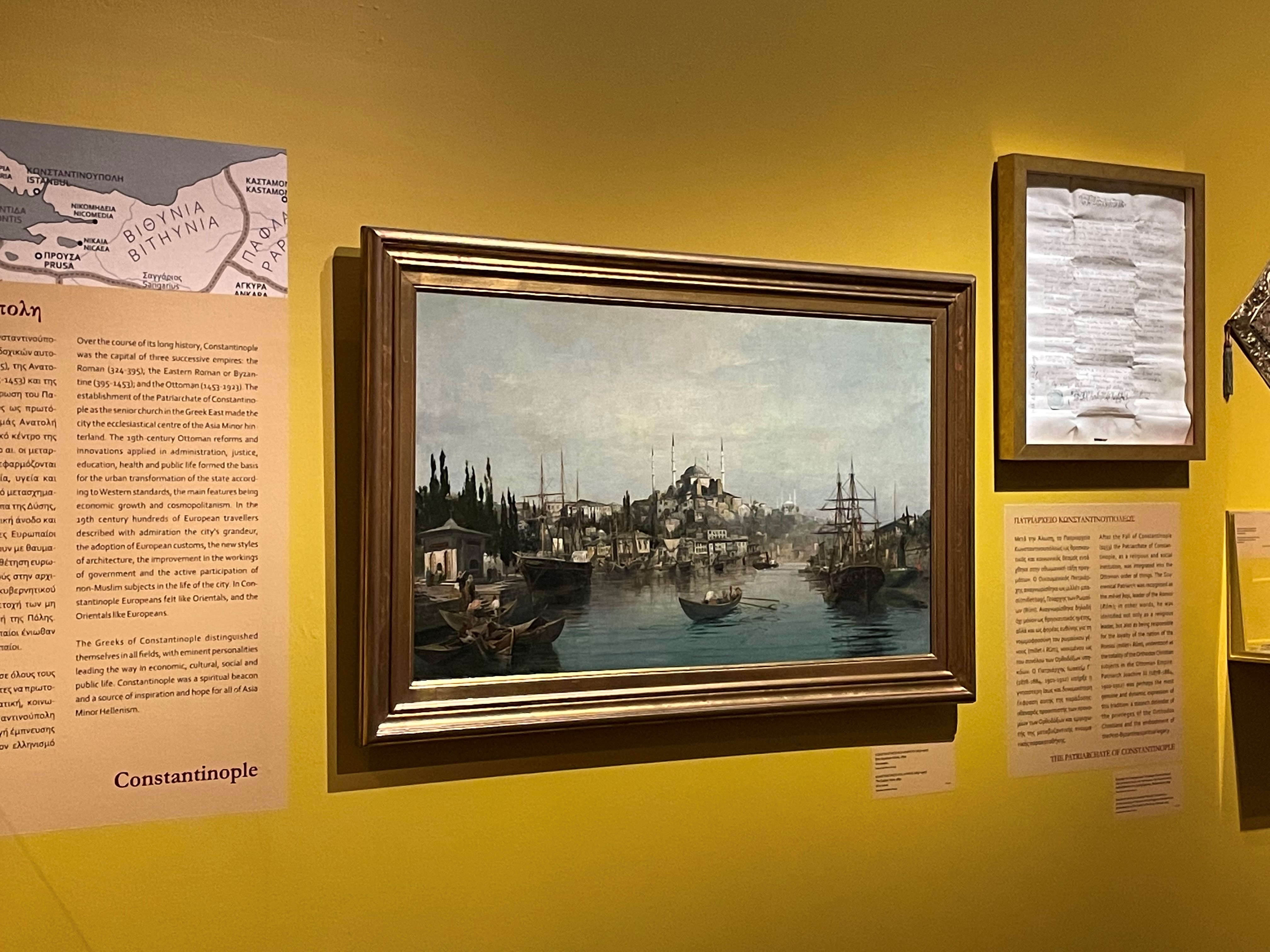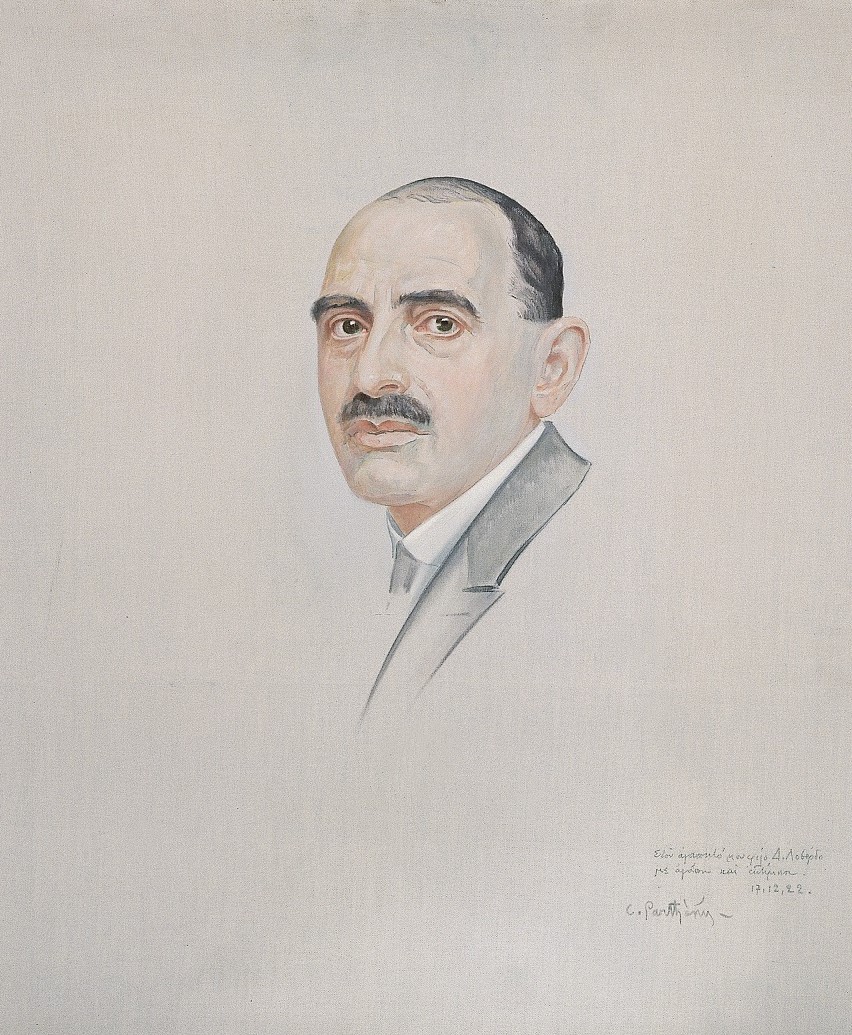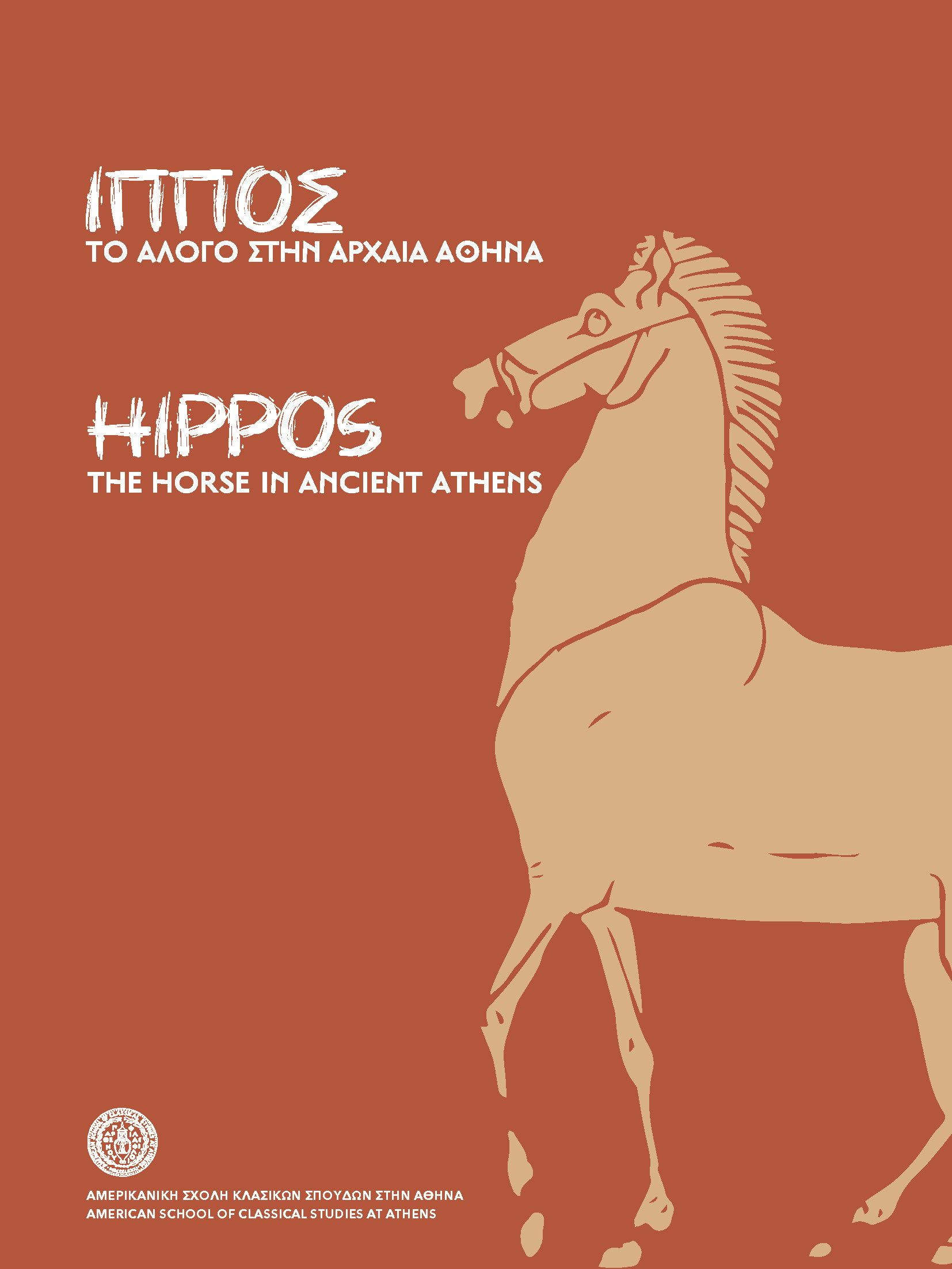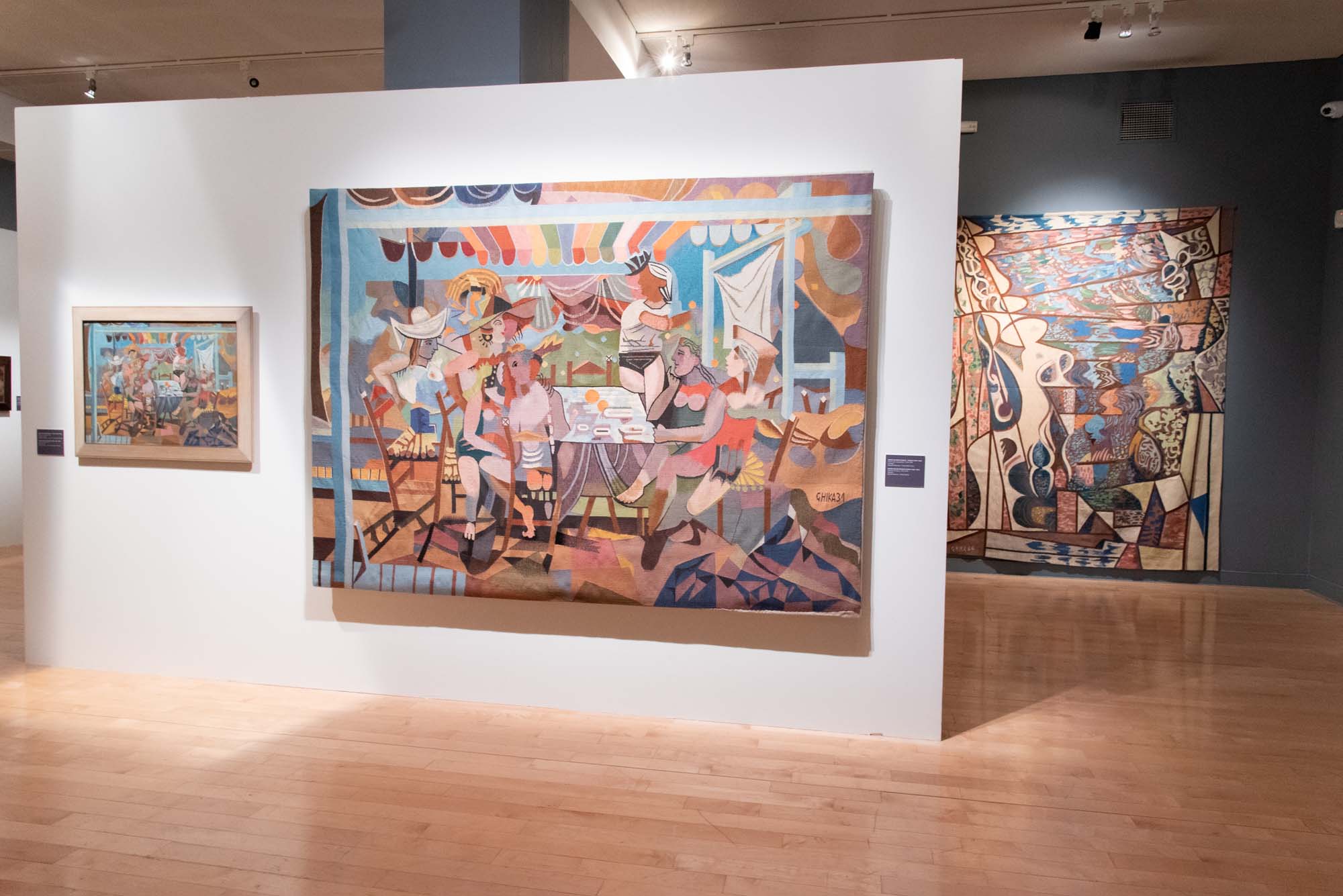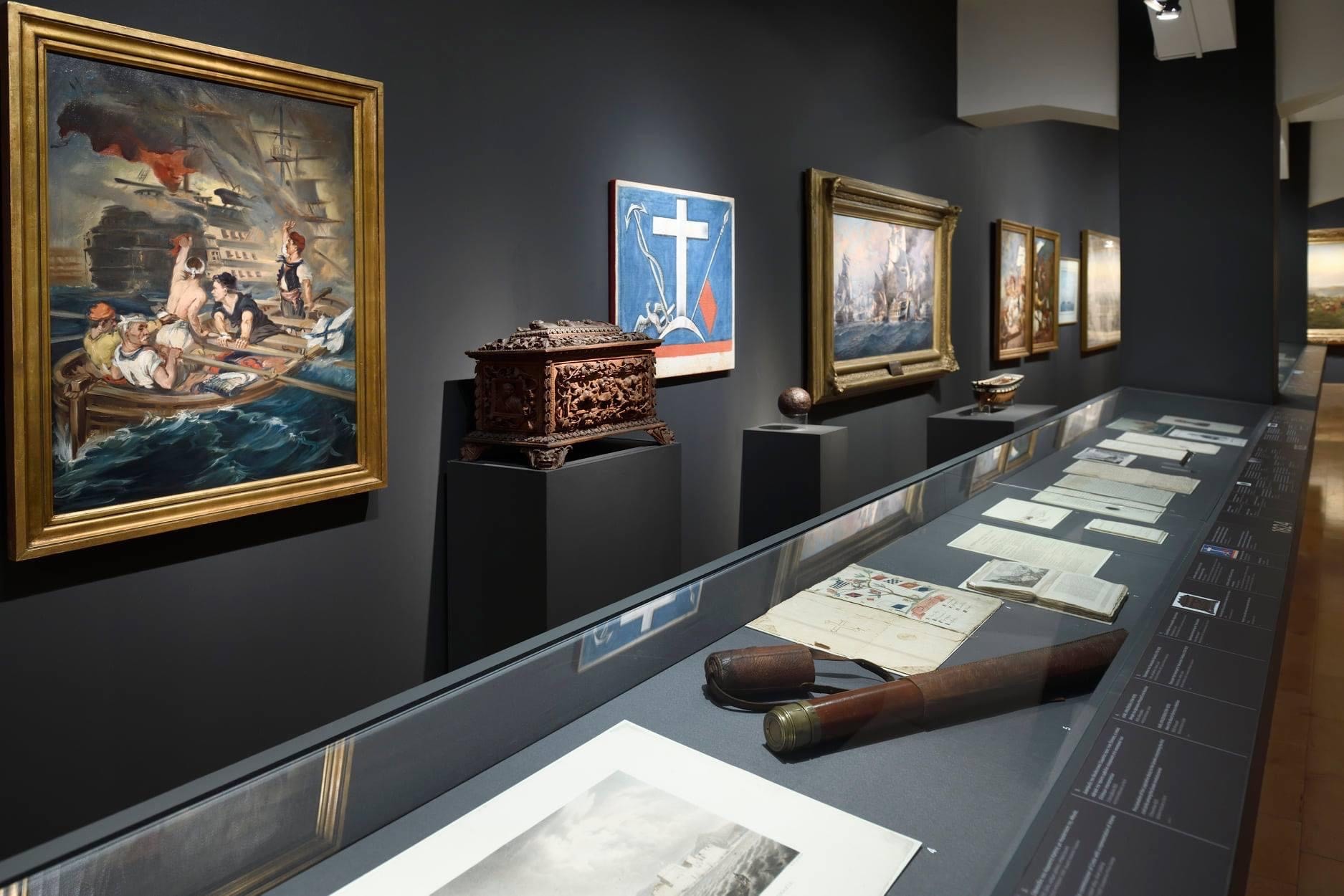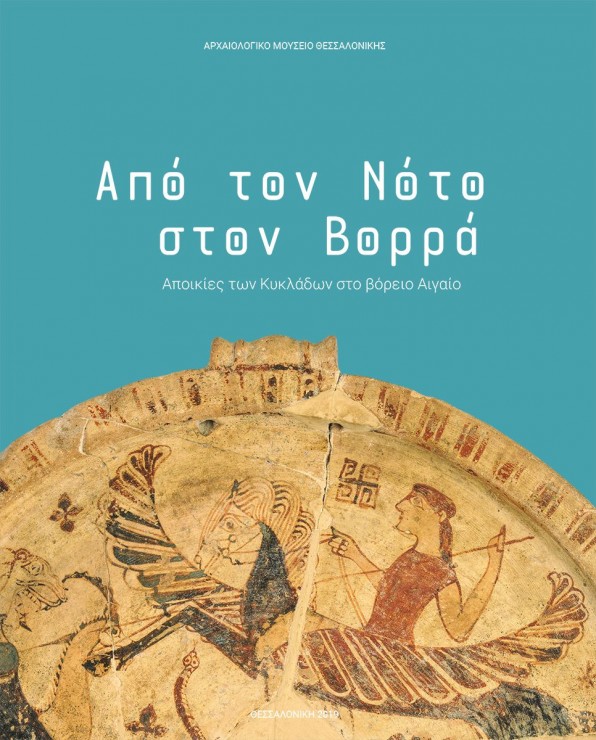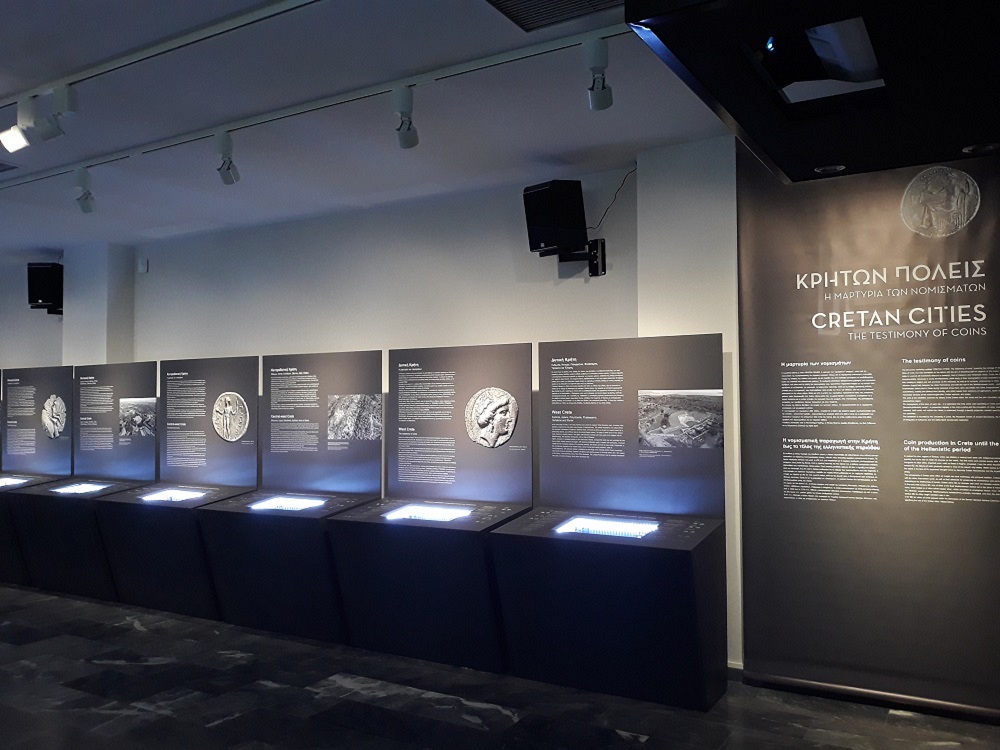ENDED
Participation in the exhibition “Asia Minor: Splendour – Catastrophe – Uprooting – Regeneration”
The Alpha Bank Art Collection is participating in the exhibition “Asia Minor: Splendour – Catastrophe – Uprooting – Regeneration” with 7 works of art. The exhibition brings to life the heyday of Hellenism before the persecutions, during the tumultuous 1919-1923 period, as well as the settlement and integration of the refugees in Greece. It is hosted to commemorate the 100-year anniversary since the Asia Minor Catastrophe.
The Alpha Bank Art Collection is participating in the exhibition with 7 works of art:
- Theophilos (Chatzimichael), Turkish Horseshoe Shop in Smyrna (1930).
- Konstantinos Volanakis, On the Golden Horn (1892).
- Georgios Prokopiou, The Limber Vehicle (1928).
- Georgios Prokopiou, The Tsoliades.
- Giannis Psyhakis, The Smyrna Catastrophe.
- Panos Aravantinos, Portrait of King Constantine.
- Spyridon Loverdos, The Metropolitan Bishop Chrysostomos of Smyrna, book illustrated by Konstantinos Parthenis.
Chronicle of a displacement
More than 1,000 exhibits and 500 photos bring to life the heyday of Hellenism before the persecutions, during the tumultuous 1919-1923 period, as well as the settlement and integration of the refugees in Greece.
This chronicle is presented through works of art, icons, ecclesiastical, war and personal heirlooms, costumes, jewellery, handicrafts, maps, photos, archival material and films, newspapers, letters, cards and many more items.
The narrative is complemented by personal testimonies, bringing images and silent objects to life.
The sections of the exhibition
The exhibition is held under the auspices of H.E. the President of the Hellenic Republic Ms Katerina Sakellaropoulou. It is split into 3 sections:
- 1st part – It presents the splendour of Hellenism in Asia Minor, from Ionia and the western coastlines, Cappadocia and the southern provinces, Pontus, Constantinople and Eastern Thrace.
- 2nd part – It presents the period of the persecutions, the end of WWI and the Treaties, the period of the Greek landing and the Asia Minor campaign, the 1922 Catastrophe and the exodus of the refugees.
- 3rd part – It focuses on the settlement and integration of the repatriated Greeks, as well as the impact of their presence on many sectors of the Greek society.
Part of the exhibition epilogue is dedicated to the establishment of the Centre for Asia Minor Studies in 1930 by Melpo and Octave Merlier.
